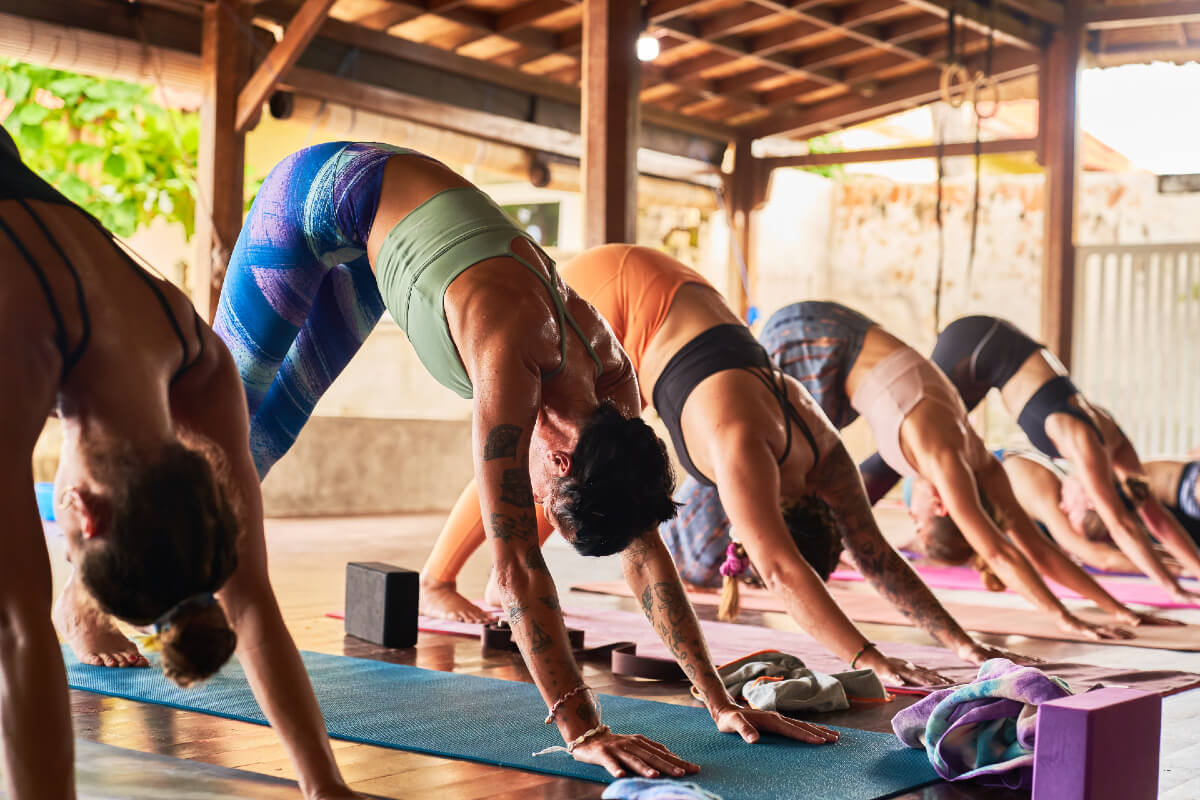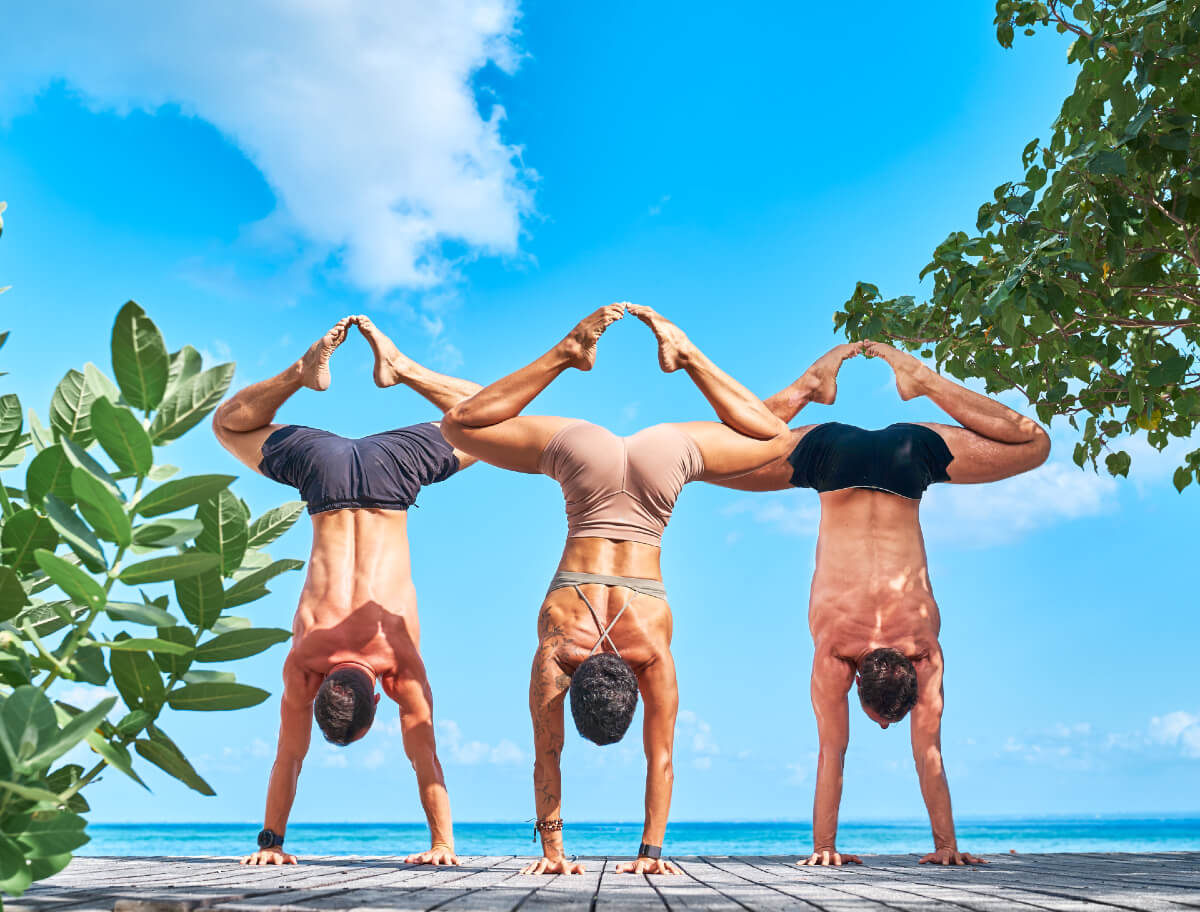It is virtually impossible to avoid the inevitable plateau in our yoga practice. In the early phase, we are like babies soaking up every drop of yoga knowledge available within our grasp. We are challenged by new postures and fascinated by the tranquillity meditation brings. But after a while, postures that used to be challenging are now mundane, you’ve reached your ‘hit list’ of yoga poses, and never seem to reach the enlightened state that meditation promises. Slowly our yoga practice stagnates and naturally we feel frustrated or bored. You might be thinking to yourself, what’s left? Is there anything I can change in 2023?
If this is your current reality, then don’t worry! The beauty of yoga is that there are always new ways that we can challenge ourselves in our practice. Whether you have been practicing yoga for years, or you are just starting out on your journey, the depth of yoga and its benefits continue to unfurl if we choose the right routes to venture deeper.
We have compiled the best tips from our years of experience teaching yoga and conversing with the yoga community. Here are nine ways (plus a bonus at the end) to deepen your yoga practice so you can continue to unlock its many benefits as you continue on your yoga journey.
1. Tapping Into Your Subtle Energies
Most of us have entered the path of yoga through asana (yoga poses). We are drawn to the heart-pumping Vinyasa sequences, energizing inversions and tranquilizing forward folds. Nonetheless, as we progress further into our yoga practice, we should start moving our attention away from the yoga poses and physical body and start to focus our intention inward. Tapping into our subtle energies requires us to turn our senses inward and observe our minds. Practicing the fourth and fifth limbs of Ashtanga Yoga, pranayama (breath extension) and pratyahara (sense-withdrawal) can help us heighten our sensitivity, concentration, and awareness. In your daily yoga, start incorporating simple pranayama exercises such as square breathing or gentle alternate-nostril breathing. Candle-gazing is an excellent technique to build concentration and sense-withdrawal.
2. Mantra and Mudra
A mantra is a sacred phrase, word or syllable that is recited to support our meditation or to invoke the divinity. Some of the common mantras are the Gayatri mantra, Pavamana mantra, and the sound of Aum. Mudra is a spiritual gesture performed with the hands, fingers, and body. Mudras are often used in conjunction with pranayama to stimulate different parts of the body involved with the breathing and to affect the flow of prana in the body. Some of the commonly used mudras are Jñana and Chin mudra. Jñana mudra invocates knowledge or wisdom; Chin mudra is the psychic gesture of consciousness. Adding mantras and mudras to your yoga practice helps strengthen your psychic abilities, willpower, devotion, and the power of manifestation. Try it in your next yoga class!
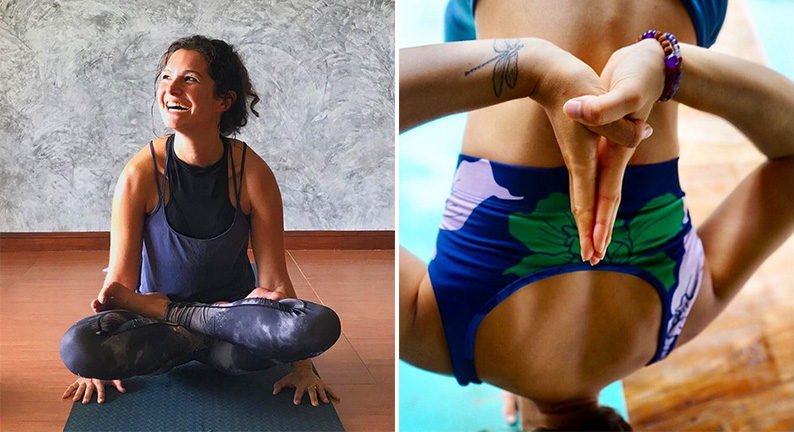
3. Practice Ethics
‘No Yamas, No Yoga’ is a famous quote by Sri Dharma Mittra. Yama (ethics) is the first limb of the Eight Limb Path also known as Ashtanga Yoga. There are five Yamas: Ahimsa (non-violence), Satya (truthfulness), Asteya (non-stealing), Brahmacharya (right use of energy), and Apraigraha (non-grasping). One of the best ways to deepen your yoga practice is to take your practice off the mat. You can practice Ahimsa by becoming a vegan, paying your taxes accurately for Asteya, and donating excess clothing to your local charities for Aparigragaha. Expand your practice by doing yoga asana one or two hours daily and keep to the ethics for the rest of the day.
4. Cardio & Functional Exercises
Although yoga makes you strong and flexible, adding cardio can take your physical practice to a whole new level. Even the most dynamic Vinyasa yoga classes lack the stamina required by aerobic exercises like jogging, swimming, rowing and cycling. With improved cardiovascular health, you’ll notice your yoga practice would flow much easier without fatigue. Best yet, take it outside and enjoy the fresh air in nature. Functional exercises like burpees, triceps dips and squats are the best way to strengthen the muscles used in yoga. Yoga in itself will strengthen most of our muscle groups, however functional exercises can specifically target certain areas, thus balancing out your body. Consider trying out the gymnastic rings, which develops coordination, core stabilization, flexibility and strength throughout the body.
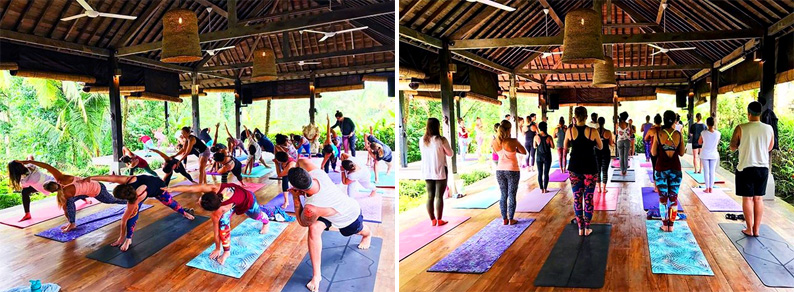
5. Yin Yoga
Sometimes the best way to improve is take it back a notch. This couldn’t be truer than with the beautiful practice of Yin Yoga, which has many benefits that can’t be achieved through other practices. According to the Complete Guide To Yin Yoga by Bernie Clark, up to 47% of the body’s resistance comes from the joint’s rigidity, followed by its muscles and fascia. Through a slow and considered sequence, Yin Yoga involves holding poses (most lying down on the mat) for around 3 to 5 minutes. It is the best form of yoga practice out there for releasing the fascia located deep inside of the body and for mobilizing the joints. Try starting with Yin Yoga 3 times a week and you’ll soon start to notice the difference in your flexibility. Many studios now offer Yin Yoga as part of their yoga class timetable. Click here for free Yin Yoga sequences.
6. Scriptural Study
Most of us already know that our yoga practice is beyond yoga postures and yoga classes. Ultimately, the goal of yoga is to steady the mind and strive for Self-Realization. Svadhyaya means ‘self-study’ and often refers to studying ancient yogic scripture. Upon many revered scriptures, some of the classics include The Yoga Sutras, The Bhagavad Gita, Hatha Yoga Pradipika and The Upanishads. These yoga scriptures are written many centuries ago and are endowed with infinite knowledge from enlightened beings like swamis, sages, and yogis on how to reach Self-Realization. If you’re serious about yoga and its significance beyond yoga postures, scriptural study is a must.
7. Karma Yoga
Karma Yoga is the yoga of selfless service and skilful action. By selfless action, we move our ego aside and act from our True Self, which is naturally filled with love and compassion. Everything that we practice on the yoga mat is futile if we cannot see the benefits of Karma Yoga. Serving others without expecting anything in return is the best way to remove mental afflictions and reaching equanimity from within. Try volunteering at your local charity center, visiting a senior home, giving donation yoga classes or simply helping around the house.
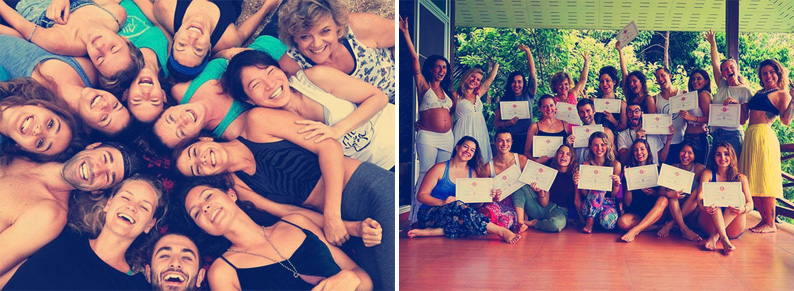
8. Take A 200hr Yoga Teacher Training Or An Advanced Teacher Training (Or Several)
Join our Ashtanga Vinyasa yoga course in Bali or Thailand, which is a great foundation for your yoga practice. Or, if you want to deepen your yoga practice even more, the best way is to take an advanced yoga teacher training. Many schools offer 300hr yoga teacher training courses or shorter intensives. These are wonderful opportunities to dive deeper whether it is for your postural practice, yoga philosophy or skilful teachings. The hours are only an arbitrary figure to keep track of your learning. The ideal is to keep learning, practicing and excelling in your yoga practice.
9. Deep Relaxation
Yoga Nidra, also known as Yogic Sleep, is the best way to remove impurities in the body, mind and soul. We hold a lot of tension in our bodies and eventually toxins build up in our energy channels. Yoga Nidra is a form of deep relaxation, the technique moves in a sequence that involves intense focus on various body parts and visualization. It transcends the body and mind to a separate plane where we can release the tension allowing the prana (life force) to flow smoothly.
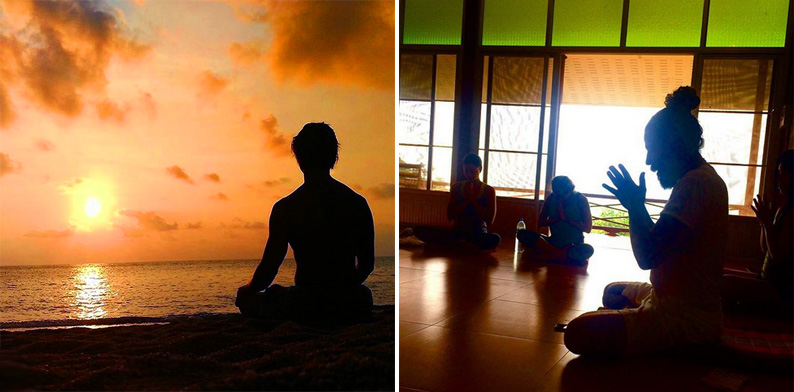
10. Meditate More (Bonus point)
Our mind is like a monkey reigned by our senses. In order to gain control of it, we must first get to know it. A regular meditation practice is a great way to observe the mind. Without judging or changing our thoughts, we simply take notes of what is rendering in our mind stream. We soon notice that most of our thoughts are unconstructive and only drain our energy. There are many meditation resources online and on apps with libraries of sequences and courses to learn from. However, if you are serious about developing a solid meditation practice, it is best to study with an experienced teacher who can guide you through deeper contemplations such as the Laws of Karma and Emptiness. There are many amazing masters who have online teachings including Geshe Michael Roach, Lama Marut, and Lama Zopa Rinpoche.
One of the best tips we can give you is to begin yoga with an open mind and a willingness to press on. Slumps in our practice and motivation are bound to happen with anything we commit to. Whenever you experience a plateau starting to creep in, consider what you might need to challenge yourself and no matter what, always maintain your regular yoga practice. As we know, practicing yoga is more than challenging our physical body in yoga poses. Keeping this in mind, continue to broaden your practice through exploring and opening up new exciting windows of learning. You can try out different yoga styles, advance your teaching and sequencing through workshops, read more philosophy and yoga postural books, go on a meditation retreat or take another yoga training course. With so much to uncover and learn, just remember to choose what resonates with you and what your individual needs are in order to really challenge yourself. The world of yoga is waiting!

